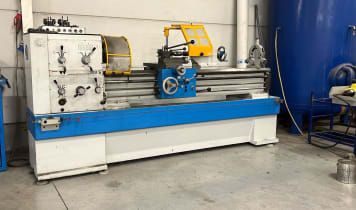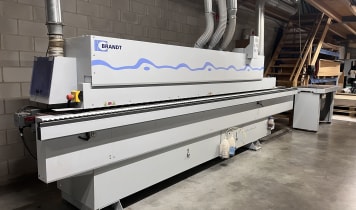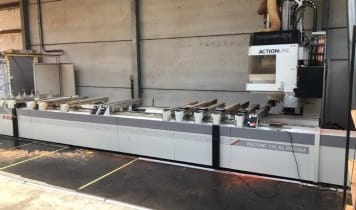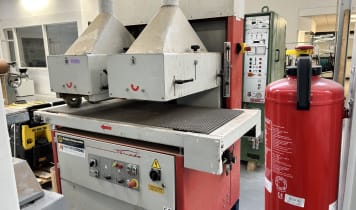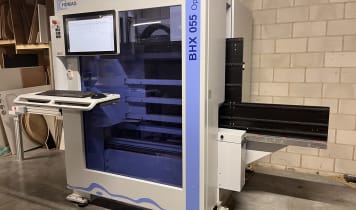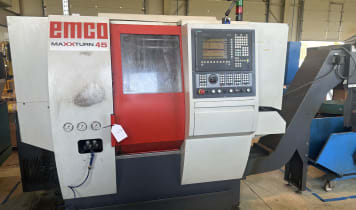There are two types of straightening machines. Those used for heat-treated workpieces, work with a number of assembled, hydraulic press cylinders. The workpiece is put into these cylinders and shaped into the desired dimensions, using a programmed forming process. Working with a straightening machine requires a certain amount of experience. The handling of testing equipment is necessary for controlling the quality of the results. For the production of small and medium sized products (e.g. sheet metal angles or fittings) a combination of equipment needs to be used. The process strip material is used in a single process to work on the desired products. These machines combine the use of a winch, punch and straightening machine to create one manufacturing station. Semi-skilled workers can be employed to operate these machines. Qualified experts are only necessary for the installation, renovation and maintenance of these machines. Mass production can occur either through manual or automatic loading.
Straightening machines for welded constructions are made out of an adjustable frame, to which one or more cylinder liners are hinged. The workpiece is then mounted and manually formed into the desired shape. For the operation of this machine, qualified and highly-experienced experts are needed. Steel, and especially welded steel, cannot be arbitrarily bent back and forth. Fatigue and stress cracks can happen all too easily. Therefore, in order to achieve good results with the least amount of use of manual force, it is necessary to have a lot of experience. After the straightening, it is recommended to do basic quality control. Magnetic processes such as an ultra sound or x-ray could be used, as well as manual processes such as the die penetration test and visual inspection.



